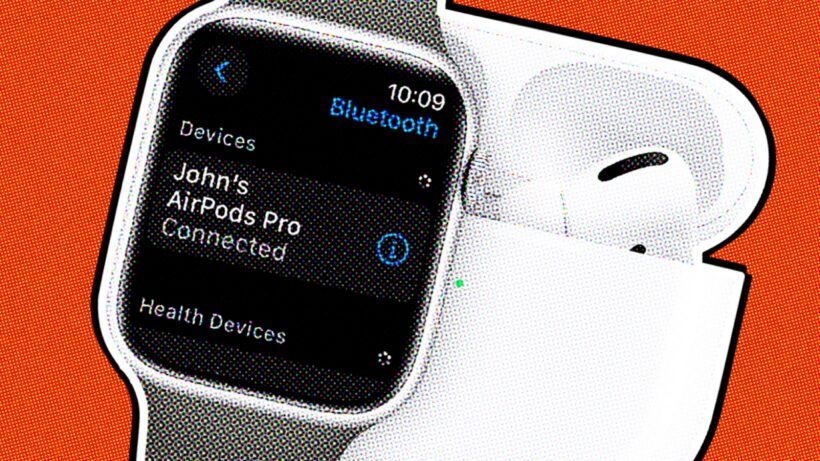Exclusive: Why you can expect superior accuracy if you pair an Apple smartwatch with its latest earbuds
In an exclusive interview with PULSE by Wareable, Apple executives have explained how the new AirPods Pro 3 and Apple Watch work in tandem to provide more accurate heart rate data, creating a dynamic system that automatically selects the best signal during a workout.
The company detailed the logic behind its new, multi-device approach to fitness tracking, which aims to solve common accuracy issues and makes the AirPods Pro 3 a powerful standalone fitness tracker.
When a user works out while wearing both an Apple Watch and the new AirPods Pro 3, Apple says the software intelligently and continuously assesses the quality of the heart rate signal from both devices. Based on this analysis, it automatically selects the device that has provided the most accurate data over the preceding five minutes to act as the primary source.
This means the system can dynamically switch between the wrist and the ear to ensure the most reliable reading, whether you’re running, cycling, or performing exercises like a bench press or kettlebell swings, where intense wrist flexion can sometimes challenge wrist-based optical sensors. Viewing the primary data source, it says, is also possible after a session via the Health app.
This collaboration is all the hope of achieving superior accuracy, something Apple’s Senior Director of Fitness Technologies and Fitness+, Julz Arney, explained in our interview.

“When you have your AirPods in and you’re also tracking a workout with your Apple Watch, you have three streams of heart rate, so that we can arbitrate the best coverage for heart rate,” Arney explained.
Not just for the seasoned tracker
Crucially, the new feature also establishes the AirPods Pro 3 as a serious fitness tracker in its own right. For the first time, users who don’t own an Apple Watch can access the brand’s high-quality heart rate tracking experience directly from their earbuds, with data for over 50 workout types feeding into the Fitness app on their iPhone.
This move significantly broadens the entry point into Apple’s fitness ecosystem, too—potentially converting millions of music-listening walkers and casual gym-goers into data-tracking fitness enthusiasts, a goal highlighted by Eric Charles, Senior Manager of Apple Watch Worldwide Product Marketing.
“We’ve really just opened the door for that customer—who may not have an Apple Watch—to learn a bit more about how something like listening to music on their daily walk can now all of a sudden be a workout,” said Charles.
By creating a smarter, more robust tracking system for its most dedicated users while simultaneously lowering the barrier to entry for newcomers, Apple is signalling a major evolution for its most popular wearable.
Only time will tell if it’s able to succeed on that front. In the meantime, we’re currently in the process of testing all the new features of AirPods Pro 3 and the accuracy of its heart rate monitoring against gold-standard trackers. Stay tuned for our full review landing soon.




